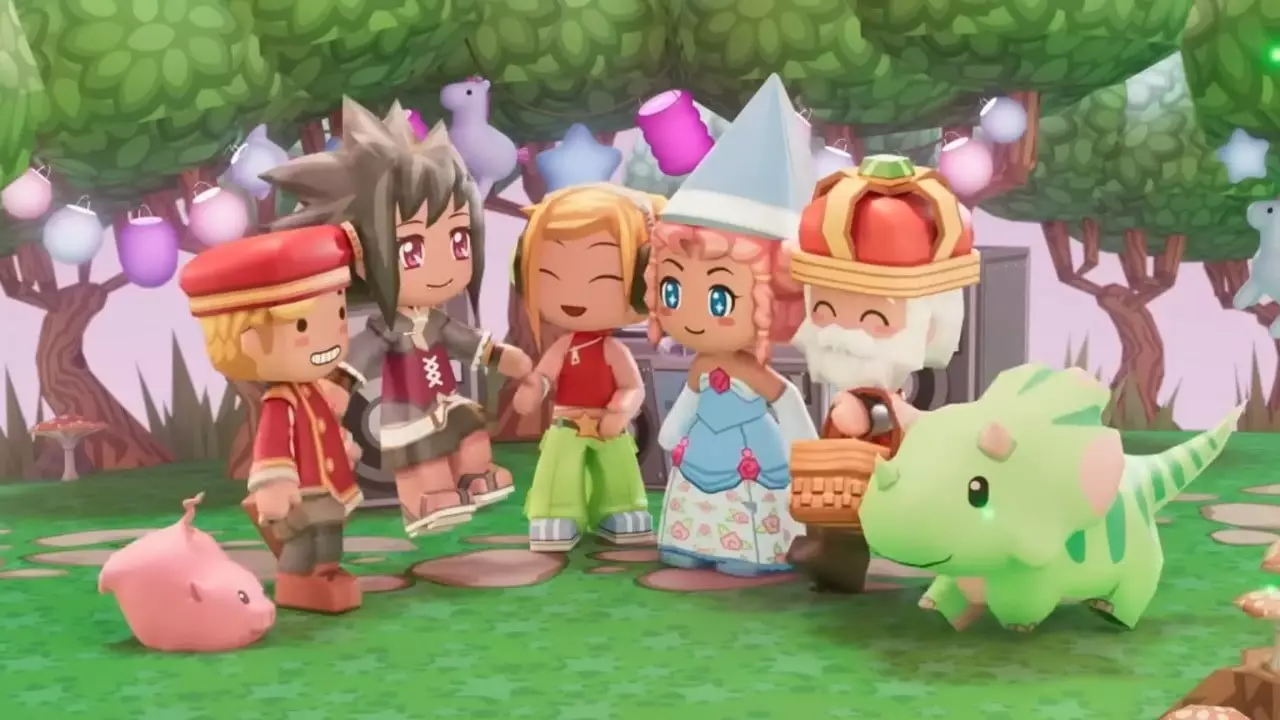In recent months, fans of simulation games have been delighted by the resurgence of MySims on the Nintendo Switch, courtesy of the ‘Cozy Bundle’ released by EA. This charming game, which made its debut nearly two decades ago, has found a renewed audience among newer players and returning fans alike. It’s a testament to the enduring appeal of the franchise that such a revitalization has occurred, especially with the challenges that often accompany porting aged titles to modern consoles.
The decision to bring MySims back reflects a larger trend within the gaming industry: publishers recognizing the value of nostalgic properties. This resurgence is not merely about cashing in on nostalgia; it also offers players, both new and old, a chance to engage with a beloved title in a modern setting. With a slew of updates and support, EA has emphasized its commitment to enhancing the MySims experience on the Switch.
The latest update—Version 1.2—signifies more than just bug fixes; it represents an effort to adapt the game’s mechanics to alleviate frustrations that players encounter. One of the standout features introduced is the “teleport” interaction, designed to alleviate pathway issues that characters might experience. Often, players find their NPCs impeded by poorly positioned objects, leading to frustrating gameplay moments. By allowing these characters to be teleported to safety, the transition from one task to another becomes smoother, contributing to an overall more enjoyable gaming experience.
Additionally, the introduction of a pointer speed slider serves to enhance the user interface, allowing players to adjust sensitivity according to their preferences. Such features are not only practical but crucial in maintaining engagement in gameplay, particularly for those players who may have previously encountered issues that hindered their enjoyment.
The developers have also taken substantial measures to address player feedback. Recognizing that some NPCs have difficulty achieving Best Friend status or that players face frustrating glitches—like having invisible objects—shows a commitment to honing the gaming experience. This attentiveness to the community is vital; it cultivates a dialogue between developers and players that helps foster goodwill and investment in the game’s future.
Going forward, the team has plans to incorporate further updates aimed at the top community concerns, such as motion sickness issues caused by automatic camera rotations and the mysterious phantom tasks that can plague NPCs. Even with the game’s age, it’s evident that the developers are not merely resting on their laurels. Instead, they are endeavoring to elevate the title’s quality —something all too often overlooked in modern game development.
One can’t discuss MySims’ revival without acknowledging the inherent challenges of updating legacy titles. The developers expressed some limitations brought on by the game’s age, noting that certain hardcoded elements from the original versions make it difficult to implement sweeping changes. This struggle is common in the industry; how does one honor the original while addressing the demands of modern gaming? While the developers are restricted in some ways, they have demonstrated dedication to improving stability and enhancing gameplay, a commendable effort considering the arduous task of modernizing a classic.
Players who have not yet explored the MySims on Switch should undoubtedly give it a try, especially with ongoing updates that aim to refine and improve the experience. The combination of nostalgic charm and new features keeps the title relevant, ensuring it finds a place in the hearts of both veterans and newcomers to the franchise. The development team’s proactive approach in addressing both bugs and player concerns indicates that MySims may not only survive but thrive in this new era. With promise of more features in the near future, the game’s trajectory points towards continued engagement and enjoyment for its loyal fanbase.


Leave a Reply